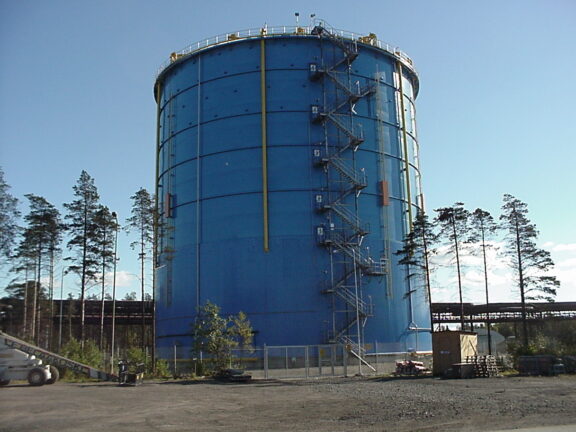On Friday, 18 July, Council adopted proposed changes to the gas storage regulation. The move extends the current requirement for member states to maintain sufficient gas reserves before the winter season by additional two years. The amendment maintains the storage target of 90%.
The objective of this measure is to mitigate the EU’s vulnerability to price fluctuations owing to geopolitical tensions, particularly in the light of Russia’s war of aggression against Ukraine. At the same time it strikes a balance between energy security and the return to market-based principles.
The extension introduces additional flexibility for member states to adjust to ever-evolving market conditions and combat potential market manipulation.
More flexibility and indicative targets
The measure will enable member states to react faster to changing market conditions and get better deals when buying gas, while maintaining security of supply. It features the following:
– the existing binding target of 90% for gas storage is maintained. However, now it comes with flexibility in meeting it anytime between 1 October and 1 December, replacing the current hard deadline of 1 November;
You might be interested
– a 10% flexibility is introduced in case of difficult conditions in filling the storages. Additionally, through a delegated act, the European Commission may increase the flexibility towards the filling target by up to an additional 5% in case of persistent unfavourable market conditions;
– intermediate storage targets will become indicative, offering predictability in storage levels. It will allow market participants to purchase gas throughout the year when conditions are most advantageous.
Heritage of energy crisis
The gas storage regulation was adopted in June 2022, at the heart of the energy crisis. Its goal was to ensure sufficient storage levels crucial to supply EU homes and businesses throughout winter and improve Europe’s energy security. The regulation established binding gas storage targets. Underground storage facilities located on the territory of each member state had to be filled to at least 80% of their capacity by 1 November 2022, and to 90% by 1 November 2023 and in each subsequent year.
Since the 90% filling target was established, the EU has consistently exceeded it before the beginning of each heating season. With these provisions set to expire at the end of 2025, the extension ensures that the EU will maintain a high level of security of supply. It also takes into account global gas market challenges.
Gas storage facilities account for around 30% of the EU’s gas consumption during the winter months. Well-stocked underground reserves also play an important role in ensuring a stable gas supply during periods of high demand or unforeseen supply disruptions.











